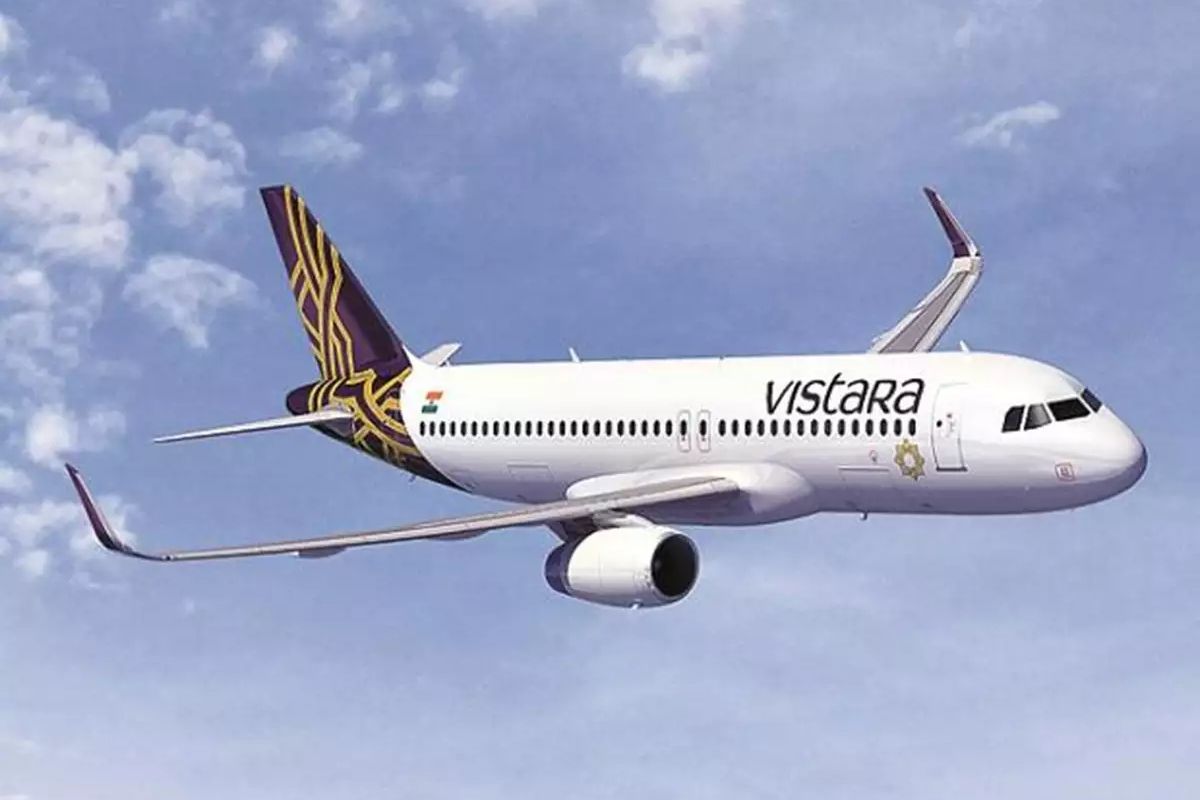On May 4, the Tata Group took a significant step toward sustainability by introducing sustainable aviation fuel (SAF) usage, as a Vistara flight successfully completed a wide-body domestic flight from Delhi to Mumbai. The flight utilized a blend of 17% SAF and 83% conventional jet fuel. Following suit, AirAsia India, a subsidiary of Air India focusing on affordability, operated a Pune-Delhi flight on May 19 using an indigenous SAF blend.
Hardeep Singh Puri, the Minister for Petroleum and Natural Gas, welcomed the AirAsia flight at Delhi’s Indira Gandhi International Airport. He emphasized that this flight marked a pivotal moment as the first domestic commercial passenger flight to employ SAF blending of up to 1% in a demonstration mode.
SAF Potential and Goals
SAF, a form of biofuel, powers aircraft while offering nearly identical chemical and physical properties to conventional jet fuel. However, SAF boasts a significantly reduced carbon footprint. It’s derived from various sources like cooking oil, agricultural residue, municipal waste, plants, and waste gases.
The International Air Transport Association (IATA) reports that SAF has the potential to cut down carbon dioxide emissions by approximately 80%. Notably, SAF could play a role in stabilizing fuel prices in the aviation industry, providing airlines with more predictable budgeting for operating expenses.
To meet sustainability goals and reduce emissions, aviation regulators have set targets. By 2025, one percent SAF blending will be mandatory for domestic airlines, as outlined by Puri. This would require around 140 million liters of biofuels to produce one percent SAF mixed with jet fuel. The percentage of SAF blending might increase to four or five percent if larger volumes of biofuels become available.
Internationally, the US aims for complete SAF usage by 2050, while the EU instructs fuel suppliers to provide fuel containing two percent SAF to all EU airports by 2025. This percentage is set to rise to six percent by 2030, 20 percent by 2035, and eventually reach 70 percent by 2050.
Presently, the SAF industry represents less than 0.05 percent of the total jet fuel demand, as highlighted by a report from the European Union Aviation Safety Agency (EASA). The EU’s current SAF production capacity is just 0.24 million tonnes, constituting 10 percent of what’s needed to meet the proposed mandate by 2030. However, capacity additions from existing SAF providers and new market entrants could make achieving the 2030 mandate feasible.
India Flying
In the Indian context, the Ministry of Petroleum and Natural Gas stated that India could potentially produce 19 to 24 million tons of SAF annually, while the estimated requirement of SAF by 2030 is around eight to ten million tons per year for a 50 percent blend.
Leading aircraft manufacturers, such as Airbus and Boeing, have made strides toward using SAF. They have aircraft capable of flying with a 50 percent blend of SAF and conventional jet fuel. Airbus has been testing flights with 100 percent SAF, specifically with their A350 and A321 aircraft models. Sabine Klauke, Chief Technical Officer of Airbus, expressed that all Airbus aircraft are certified to fly with a 50 percent SAF blend, and the company aims to achieve certification for 100 percent sustainable aviation fuel for their fleets by 2030. Currently, SAF represents a mere 0.03 percent of aviation fuel usage, but Airbus is determined to change this trend through its plan leading up to 2030.
Image Credit: currentaffairs.adda247.com



